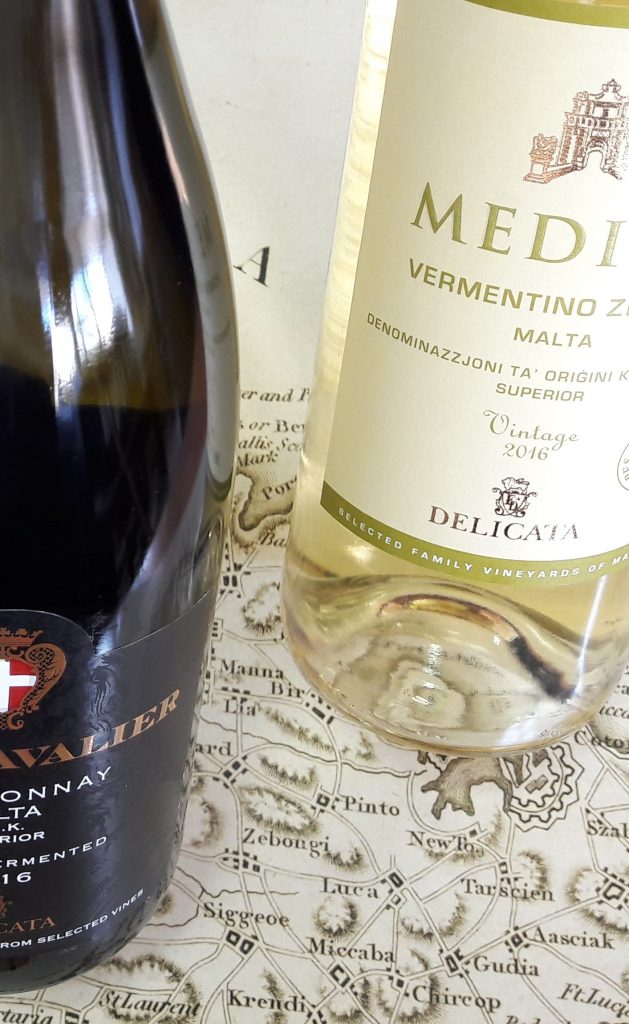Is Malta a New World or an Old World winemaking country?
The most basic difference between Old World and New World wines is geographic. ‘Old World’ encompasses the traditional winegrowing regions of Europe, while ‘New World’ generally refers to the other winemaking countries.
A bird’s eye view of Malta clearly shows that the islands are evidently situated in the Old World of wine. Like most neighbouring European countries and those of the Levant, the vine has always had a natural place here and Maltese people have made wine for centuries.
Often the terms are used to differentiate between two styles of wines. A wine is said to be Old World in its expression if it tastes reserved, rather delicate and complex. This supposedly contrasts strongly with the brasher, more in-your-face, stronger and fruit-turboed New World wonders from places such as California and the southern hemisphere.
But these are gross generalisations. As geographical boundaries have become rather vague in today’s global village, the New and Old World stereotypes are also on the wane. Nowadays, it has become almost pointless to try and set apart Old World wines from New World ones according to style.
In today’s well-connected world of winemaking, cross-fertilisation of production ideas and technology is rife and skilled winemakers have the possibility to impose their stylistic preference on what goes in the bottle.
Traditional regions like Bordeaux, Rioja and Tuscany are now also making a host of wines heavily influenced by the fruit-forward styles that put New World wines on the map. Australia, Chile and South Africa are producing some classic-styled reds that taste more like paler charms from France’s Rhône Valley than a big, full-blown Aussie Shiraz.
So, where to place modern Maltese wines if boundaries have become obscured?
Award-winning Malta-grown wines represent a subtle blend of tradition and the latest thinking and advances in the winegrowing craft, and they are simply distinctive.
Their uniqueness is a positive factor that owes much to the influence of the Maltese land and climate – as argued by the Old World school. But the skilful way the wines are crafted with the experience of today’s well-informed generation of winemakers also shapes the flavour and identity of our wines – as proposed by New World advocates.
Like in the New World, the national vineyard has only recently seen a revival. As a result, Maltese wineries have a similarly wide choice of newly planted international varieties to make wine from. Yet, just like in the rest of Europe, native varieties, namely Girgentina and Ġellewża, have been around since time immemorial and are thankfully still at hand to the envy of New World countries that don’t have any.
Meanwhile, the attention has turned from upgrading cellars with modern technology to detailed work in the vineyard, which is considered paramount by the trade’s traditionalists.
Maltese wines are classified into appellations and adhere to DOK and IGT protocols as defined by law. This practice is more customary on the continent than in the New World. However, they are labelled in modern fashion by recognisable brand names which are easy to relate to. Such branding is more customer friendly than the labelling of Old World wines which is made complicated by thousands of names of chateaux, different regions and special mentions one needs to learn and memorise.
Clearly, Maltese wines can’t be boxed in as either Old or New World and not in the least bit thanks to their attractiveness in the glass. Malta’s finest bottles encapsulate the best of two worlds!
This article by Georges Meekers appeared first in the Times of Malta, 3 November 2017.
